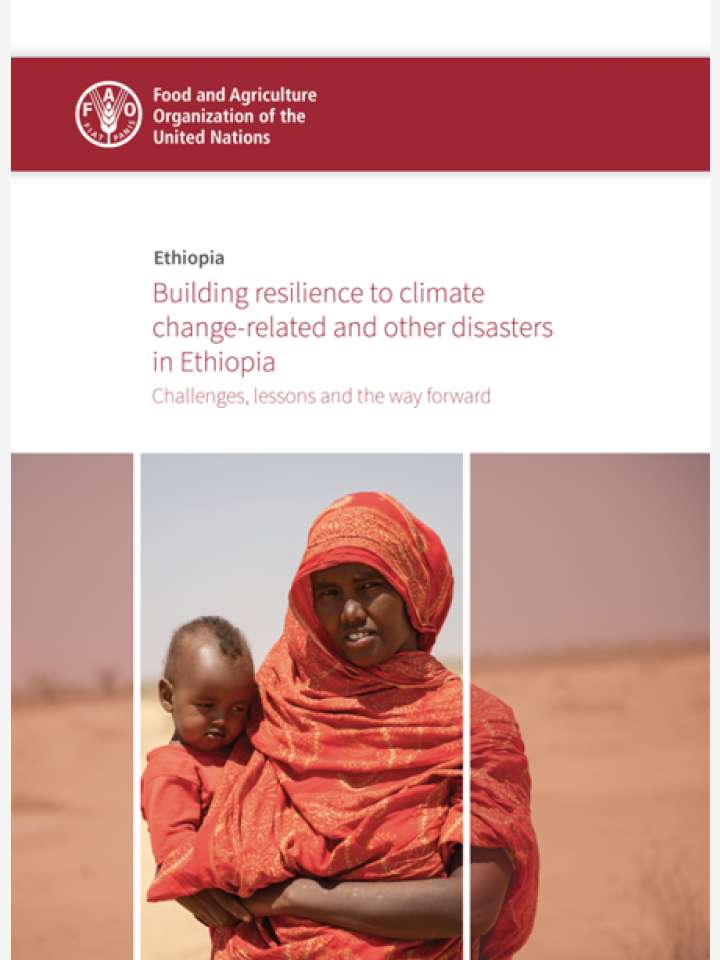Building resilience to climate change-related and other disasters in Ethiopia
This study reviews and documents strategic interventions by the government of Ethiopia in terms of adopting policies, strategies and programmes; building the necessary institutional infrastructure; and mainstreaming disaster risk management into various sectors and national development and budgeting process – all of which contributed to building resilience to natural hazards and human-induced disasters and quick recovery in recent years. It also tries to highlight some of the drivers of effective responses towards building resilience. Ethiopia is exposed to a wide range of disasters associated with the country’s extensive dependence on rainfed subsistence agriculture, climate change, resource degradation, diverse geoclimatic and socio-economic conditions and conflicts.
The report represents possible recommendations for further improving and scaling up similar resilience-building interventions including, but not limited to, non-violent resolution of conflicts and peacebuilding; promotion of public and private risk- and conflict-sensitive investment in agriculture and natural resources to improve agricultural productivity and production, which contributes to reducing poverty and vulnerability as well as root causes of risks; promotion of adaptation to climate change; enhancement of access to inputs and output market; strengthening of governance structure; and more emphasis on including the most vulnerable groups and environment.
Explore further
